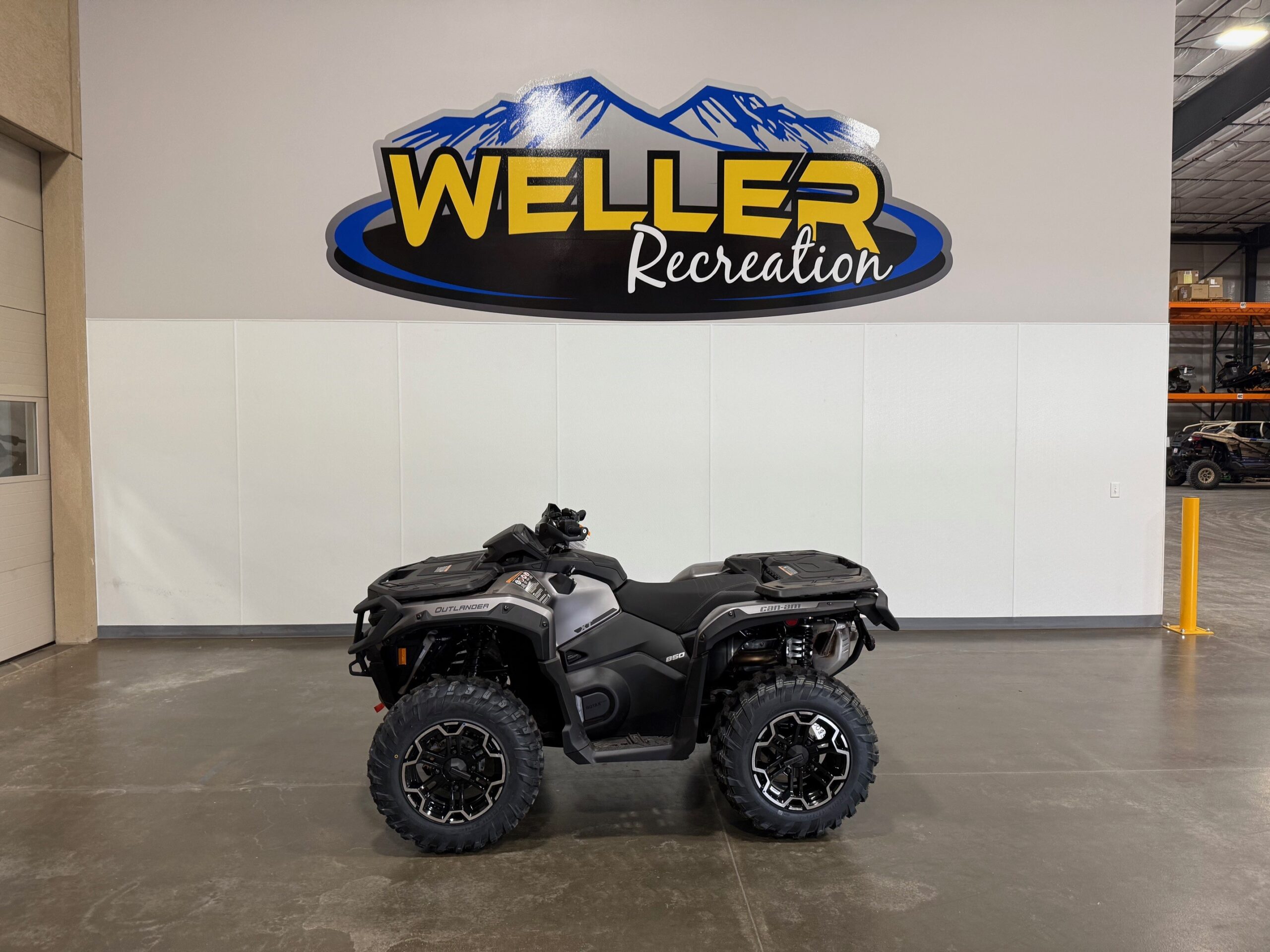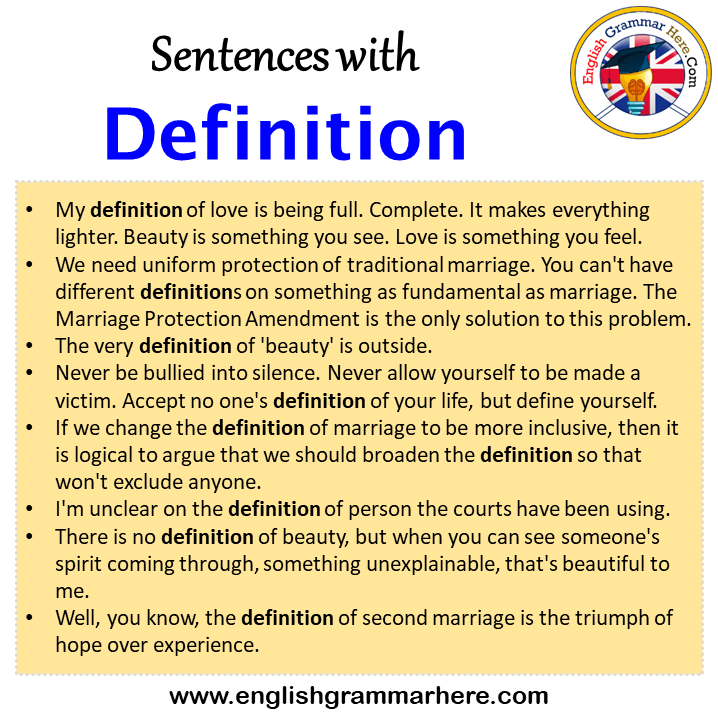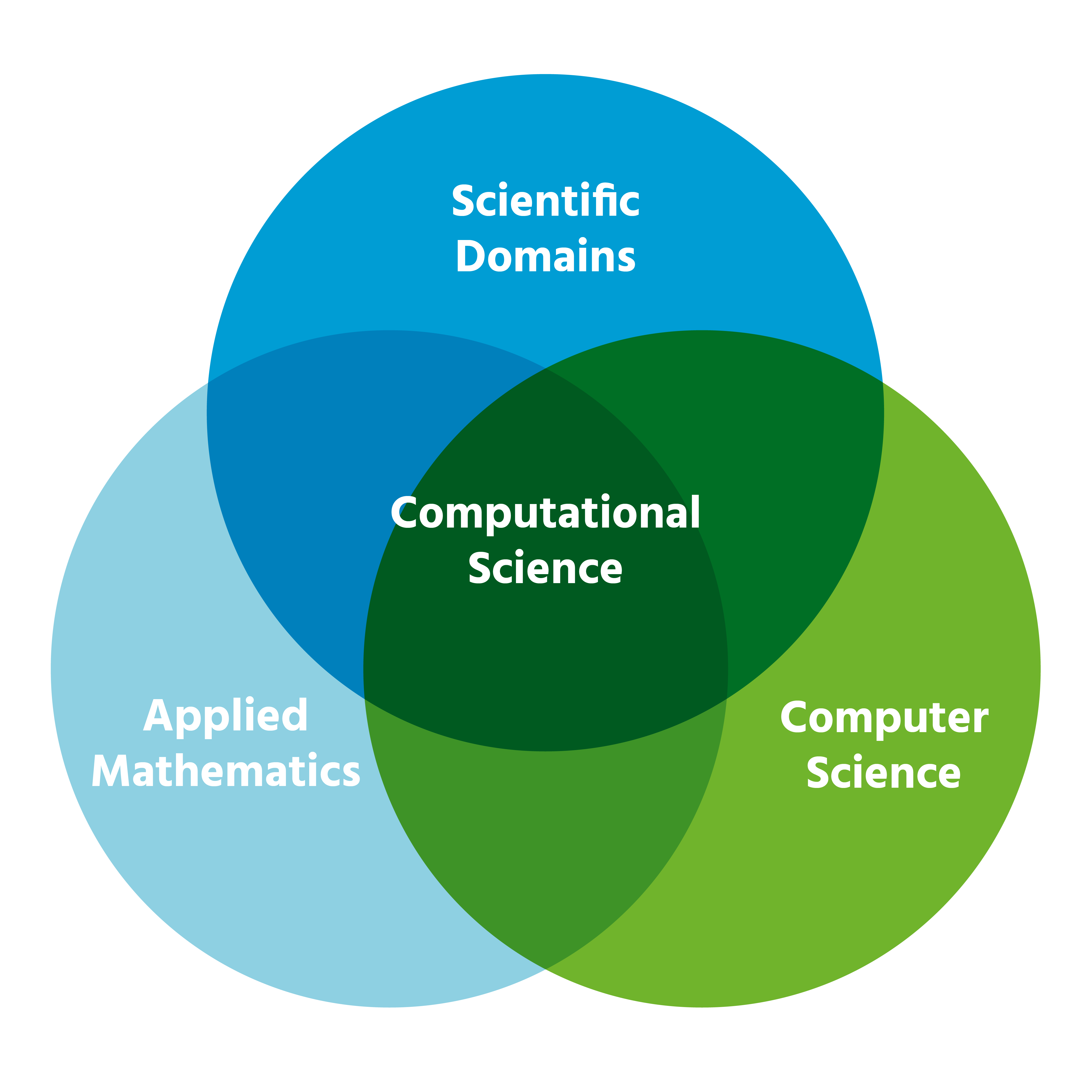Understanding Bounds in Real Estate: A Comprehensive Guide to Property Limits
Introduction: Why Bounds Matter in Real Estate
In real estate, the concept of a bound refers to the precise demarcation or limit that establishes the extent of a property. These bounds are essential for defining the physical and legal limits of ownership, ensuring clarity for buyers, sellers, and professionals involved in property transactions. Understanding bounds is critical not only for accurate property valuation but also for preventing disputes and facilitating smooth transactions. This guide will delve into the meaning of bounds, their role in real estate, and how you can identify and verify them in practice [1] .
Defining Bounds: Physical and Legal Dimensions
Bounds in real estate are broadly categorized into two dimensions: physical bounds and legal bounds . Physical bounds are visible features such as fences, rivers, roads, or monuments that mark the outer edge of a property. Legal bounds, on the other hand, are documented in deeds, surveys, and property descriptions, outlining ownership limits in formal records [1] .
The legal recognition of bounds often employs the Metes and Bounds system, which combines measurements (metes) and reference points (bounds) to describe property limits. This method has been used for centuries and remains a standard in areas with irregularly shaped properties [2] .

Source: chriscrespo.com
Metes and Bounds: Method for Boundary Identification
The
Metes and Bounds
system is a legal and practical approach to describing land boundaries. “Metes” refers to linear measurements and compass directions, while “bounds” are the physical landmarks that serve as reference points. This combination creates a detailed, step-by-step outline of a property’s shape and size. For example, a boundary description might start from a fixed point (known as the
point of beginning
), then trace a series of straight lines with specified distances and directions, referencing landmarks such as roads or trees
[2]
,
[5]
.
Legal descriptions using metes and bounds are often considered the most accurate for certain properties, especially where the grid system is not applicable. These descriptions are kept with the property’s deed and are critical for establishing clear and defensible ownership [3] .
The Importance of Defining Bounds in Real Estate Transactions
Accurately defining bounds is essential for several reasons:
- Property Valuation: The size and extent of a property, determined by its bounds, directly impact its market value. Clear boundary descriptions help buyers, sellers, and appraisers assess land value accurately [1] .
- Legal Security: Well-documented bounds protect owners from boundary disputes, encroachments, and legal challenges. They provide confidence during transactions and serve as evidence in court if contested [2] .
- Transaction Clarity: Buyers and sellers must understand exactly what is included within the property lines. This transparency minimizes misunderstandings and facilitates smoother negotiations [1] .
- Regulatory Compliance: Accurate bounds are required for building permits, land development, and zoning compliance. Municipalities and planning agencies rely on legal descriptions for regulatory enforcement [2] .
How to Identify and Verify Property Bounds
To accurately identify and verify property bounds, follow these steps:
- Review the Deed: Obtain the property deed from the county recorder’s office or through your real estate agent. The deed contains the legal description, often using metes and bounds terminology.
- Consult a Property Survey: Engage a licensed surveyor to conduct a boundary survey. The surveyor will use professional equipment to measure and mark the bounds according to legal and physical landmarks [1] .
- Examine Physical Landmarks: Walk the property and identify fences, walls, rivers, or other features cited in the legal description. Compare these to the surveyor’s marks and the deed’s details.
- Resolve Discrepancies: If you notice inconsistencies between the physical and legal bounds, consult with the surveyor and local authorities. In some cases, boundary disputes may require mediation or legal proceedings. Accurate surveys and documentation are crucial for resolution [2] .
If you are unsure where to begin, you can contact your local county recorder or assessor’s office by searching for “[Your County] property deed office” to obtain official records. Alternatively, many real estate agents and attorneys offer guidance and referrals to reputable surveyors.
Real-World Examples of Bounds in Practice
Consider a parcel of land described as follows: “Beginning at a point on the north side of Oak Street, said point being 100 feet east of the intersection of Oak Street and Maple Street; thence north 200 feet to a point; thence east 100 feet; thence south 200 feet to Oak Street; thence west 100 feet to the point of beginning.” This description uses metes (distances and directions) and bounds (Oak Street, intersection) to define the property [4] .
In a case study from colonial America, land was often divided using natural features like rivers and trees as bounds. Today, surveyors use advanced tools but still rely on physical and legal markers to ensure accuracy [5] .
Challenges and Solutions When Determining Bounds
Challenges often arise due to:
- Inaccurate or outdated descriptions: Historical records may lack precision, requiring new surveys or legal clarification.
- Physical changes: Natural features can shift (e.g., rivers change course), affecting boundary lines. In such cases, contact a licensed surveyor and your local land office for updated documentation.
- Disputes with neighbors: If a neighbor contests the boundary, mediation or legal action may be necessary. Document all communications and seek professional guidance.
To address these issues, always rely on official surveys, keep records up-to-date, and consult professionals for complex cases. Many local government offices provide information and support for boundary disputes-search for “[Your City] property boundary dispute resolution” for more resources.
Alternative Approaches to Defining Property Boundaries
While metes and bounds is a widely used system, other methods include:

Source: alamy.com
- Lot and Block System: Used in subdivisions, properties are identified by lot numbers within a recorded plat map.
- Rectangular Survey System: Common in western U.S. states, this system uses a grid of townships and ranges to define boundaries.
If your property uses these systems, you can obtain plat maps or rectangular survey descriptions from your local county recorder’s office or planning department. Always verify the method used in your area before proceeding with a transaction.
Practical Guidance for Buyers, Sellers, and Agents
If you are buying or selling property, ensure you:
- Obtain a current survey and legal description.
- Review all documents with a qualified real estate professional or attorney.
- Clarify with all parties what is included within the property bounds.
- Address any discrepancies or concerns before closing.
For further assistance, contact your local county recorder, assessor, or a licensed surveyor. Real estate agents can provide referrals and support throughout the process.
Key Takeaways
Understanding and verifying bounds in real estate is essential for protecting your interests, ensuring legal compliance, and facilitating smooth property transactions. Whether you are a buyer, seller, or professional, rely on official records, professional surveys, and legal guidance to accurately identify and document property limits. If you need additional help, search for official resources in your county or consult a qualified real estate attorney for expert advice.
References
- [1] List With Elizabeth (2024). What is Bound in Real Estate? A Complete Guide.
- [2] Lark (2024). Metes And Bounds – Real Estate Glossary.
- [3] Cornell Law School (2020). Metes and Bounds | Wex | US Law.
- [4] Number Analytics (2025). Mastering Metes and Bounds in Real Estate.
- [5] Corofy (2024). Metes and bounds description: Real Estate License Explained.
MORE FROM searchhole.com













